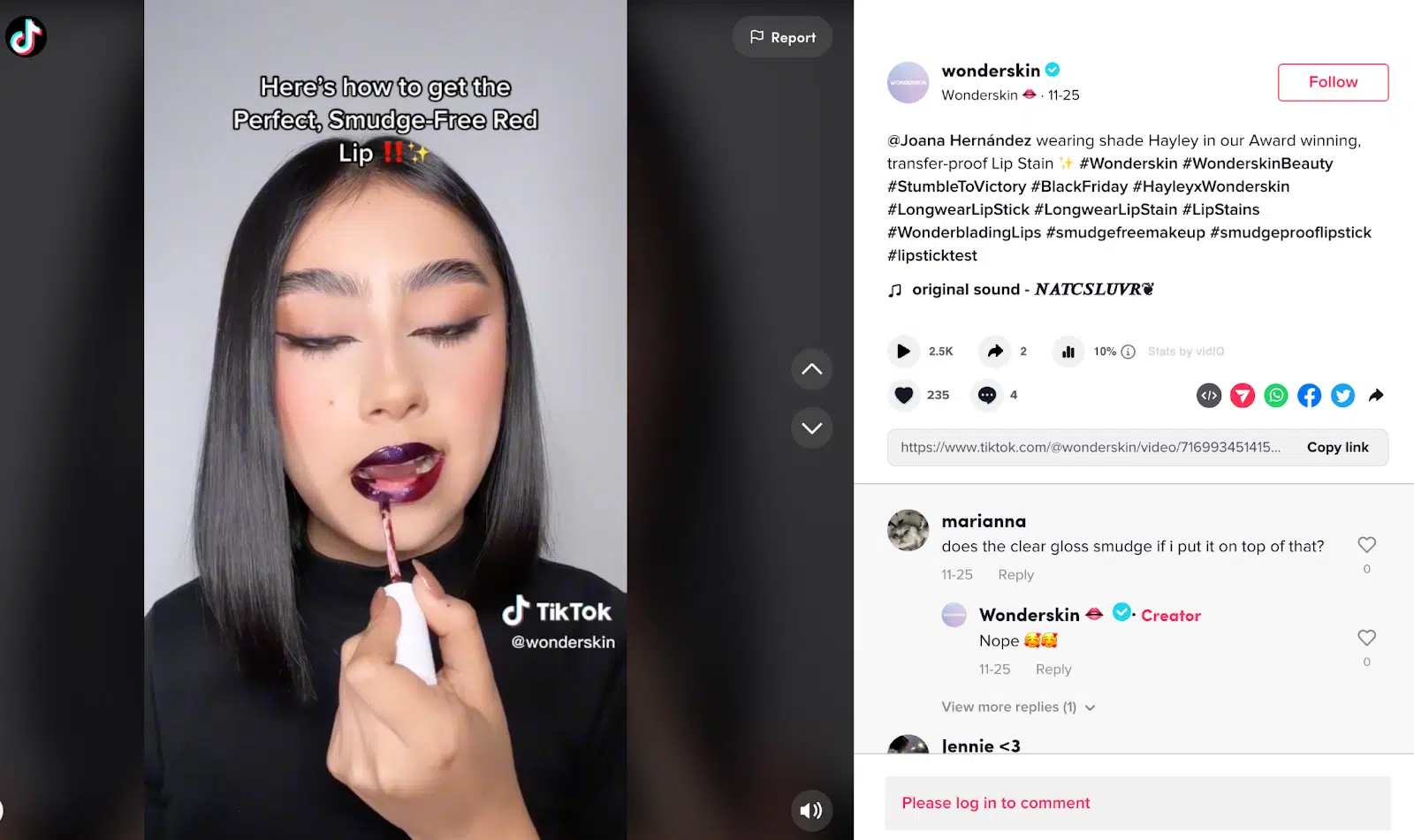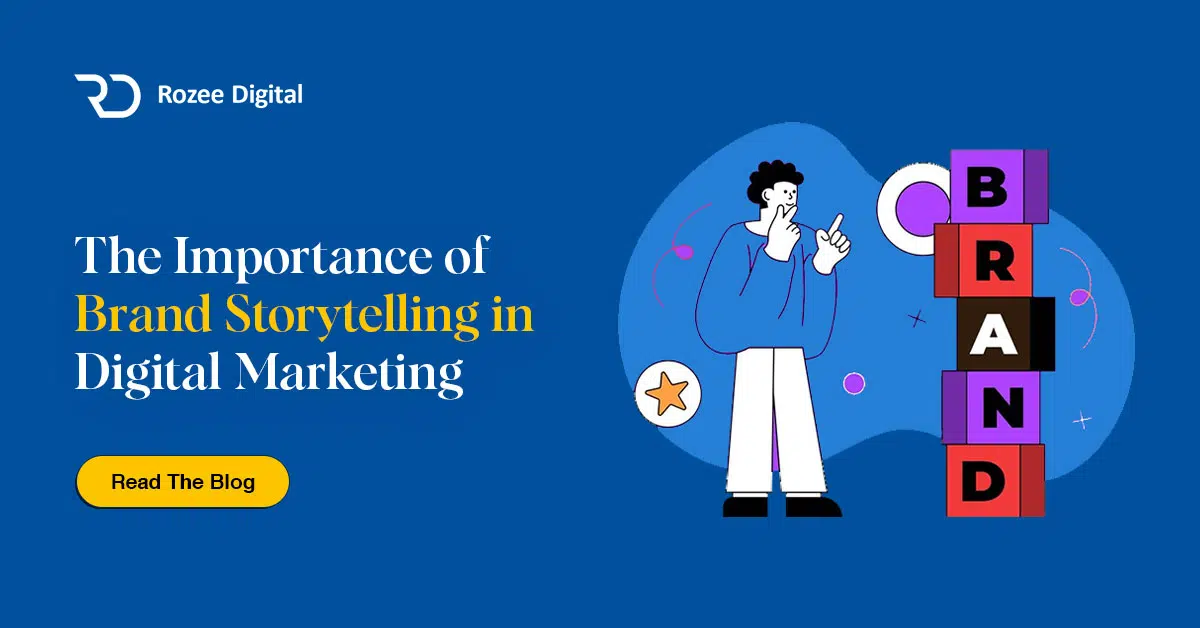The Power of Effective Ad Creatives
In the world of ecommerce, ad creatives play a crucial role in capturing the attention of potential customers and driving conversions. An ad creative refers to the combination of visuals, copy, and design elements used in advertising campaigns to convey a message or promote a product or service. When done right, ad creatives have the power to engage and persuade consumers, leading to increased brand awareness and sales.
The Role of Ad Creatives in Ecommerce
Ad creatives serve as the visual representation of your brand and products in the digital landscape. They act as the first point of contact between your business and potential customers, making a strong first impression. Effective ad creatives can pique the interest of your target audience, evoke emotions, and communicate the value and benefits of your offerings.
Well-crafted ad creatives have the ability to influence consumer behavior, prompting users to click, explore, and make purchases. Whether it’s an eye-catching image, a compelling headline, or an enticing offer, each element of the ad creative contributes to capturing attention and driving engagement.
Why Ad Creative Strategies Matter
Implementing effective ad creative strategies is essential for maximizing the impact of your advertising campaigns. By carefully planning and executing your ad creatives, you can optimize your marketing efforts and achieve better results. Here are a few reasons why ad creative strategies matter in the world of ecommerce:
- Differentiation: In a saturated market, ad creatives provide a platform for your brand to stand out from the competition. Unique and compelling visuals combined with persuasive copy can differentiate your ads and attract the attention of potential customers.
- Engagement: Captivating ad creatives can grab the viewer’s attention and encourage them to engage with your brand. Whether it’s through a click, a like, or a share, engaging ad creatives can lead to increased brand visibility and organic reach.
- Brand Awareness: Ad creatives play a vital role in building brand awareness. Consistent use of brand elements such as logos, colors, and fonts in your ad creatives helps to reinforce your brand identity and make your business more memorable to your target audience.
- Conversion: The ultimate goal of ecommerce advertising is to drive conversions. Well-designed ad creatives can motivate potential customers to take action, whether it’s making a purchase, signing up for a newsletter, or downloading an app. Persuasive copy, compelling visuals, and strategic call-to-actions (CTAs) all contribute to boosting conversion rates.
By investing time and effort into developing effective ad creatives, ecommerce businesses can increase their chances of success in the competitive digital landscape. Understanding the role of ad creatives and recognizing the importance of implementing creative strategies can help businesses drive engagement, build brand awareness, and achieve their marketing goals.
Understanding Your Target Audience
To create effective ad creatives for your ecommerce business, it’s crucial to have a deep understanding of your target audience. By researching and analyzing your audience, you can tailor your ad creatives to resonate with their preferences and needs.
Researching Your Target Audience
Before diving into ad creative strategies, take the time to conduct thorough research on your target audience. This involves gathering demographic and psychographic information about your ideal customers. Demographic data includes factors such as age, gender, location, and income level, while psychographic data encompasses their interests, values, lifestyles, and purchasing behaviors.
Utilize various research methods to collect this data, such as surveys, interviews, social media listening, and market research reports. By gaining insights into your target audience’s characteristics and motivations, you can develop more accurate and targeted ad creative strategies.
Tailoring Ad Creatives to Your Audience
Once you have a clear understanding of your target audience, it’s time to tailor your ad creatives to speak directly to them. Consider the following strategies:
- Speak their language: Use language and tone that resonate with your target audience. Whether it’s formal, informal, humorous, or educational, the tone should align with their preferences.
- Highlight benefits: Showcase how your products or services solve their pain points or fulfill their desires. Emphasize the benefits and unique selling points that are most relevant to your audience.
- Use visuals that connect: Select images, videos, or graphics that appeal to your target audience’s aesthetic preferences and represent their aspirations. Visuals can be powerful in capturing attention and evoking emotions.
- Address their concerns: Anticipate and address any objections or concerns your audience may have. Provide reassurance and answers to common questions or doubts they may face.
- Personalize and segment: If possible, segment your audience into smaller groups based on their characteristics and interests. This allows you to create highly targeted ad creatives that cater specifically to each segment’s needs.
By tailoring your ad creatives to your target audience, you increase the chances of capturing their attention and driving conversions. Remember to continuously monitor and analyze the performance of your ad creatives to identify areas for improvement and optimization.
Understanding your target audience is essential for developing effective ad creative strategies. By researching and tailoring your ad creatives to meet their specific preferences and needs, you can create impactful advertisements that resonate with your audience and drive success for your ecommerce business.
Crafting Compelling Ad Copy
When it comes to ad creatives, the ad copy plays a crucial role in capturing the attention and interest of your target audience. Well-crafted ad copy can make all the difference in driving engagement and conversions. In this section, we will explore two key elements of compelling ad copy: attention-grabbing headlines and persuasive ad descriptions.
Writing Attention-Grabbing Headlines
The headline of your ad is the first thing that your audience will see, so it needs to be attention-grabbing and compelling. It should pique their curiosity and entice them to read further or take action. Here are some tips for writing effective headlines:
- Be concise and clear: Use concise language that clearly communicates the main benefit or message of your ad. Avoid using jargon or complex terms that may confuse your audience.
- Highlight key selling points: Focus on the unique selling points of your product or service. What sets it apart from the competition? Use your headline to showcase the most compelling features or benefits.
- Create a sense of urgency: Incorporate words or phrases that create a sense of urgency or scarcity, encouraging your audience to take immediate action. For example, “Limited time offer” or “Exclusive deal for today only.”
- Ask a question or make a bold statement: Pose a thought-provoking question or make a bold statement that grabs attention and sparks curiosity. This can intrigue your audience and make them want to learn more.
- Use power words: Power words are impactful and persuasive words that evoke emotions and grab attention. Examples include “exclusive,” “free,” “unbeatable,” “instant,” or “revolutionary.” Incorporating these words into your headline can make it more compelling.
Remember to tailor your headlines to your target audience and the platform where your ad will be displayed. Conduct thorough research on your audience’s preferences and interests to create headlines that resonate with them.
Crafting Persuasive Ad Descriptions
After capturing your audience’s attention with a compelling headline, the next step is to provide them with a persuasive ad description. This is where you can expand on the benefits and features of your product or service, and convince your audience to take action. Here are some tips for crafting persuasive ad descriptions:
- Focus on benefits: Clearly communicate the benefits that your product or service offers. How will it improve the lives of your customers? Make sure to address their pain points and show them how your offering can solve their problems.
- Use storytelling: Weave a compelling story around your product or service to engage your audience emotionally. Tell them how it has made a positive impact on someone’s life or how it has transformed a specific situation. Storytelling can create a connection with your audience and make your ad more memorable.
- Include social proof: Incorporate testimonials, reviews, or statistics that demonstrate the positive experiences of your existing customers. Social proof adds credibility and builds trust, making your ad more persuasive.
- Create a sense of exclusivity: Make your audience feel special and privileged by emphasizing limited-time offers, exclusive discounts, or access to unique products or services. This can create a sense of urgency and drive conversions.
- Add a call-to-action: End your ad description with a clear and compelling call-to-action (CTA) that tells your audience what you want them to do next. Whether it’s to “Shop now,” “Sign up today,” or “Learn more,” a strong CTA encourages immediate action.
Crafting compelling ad copy requires a deep understanding of your target audience and their motivations. Tailor your headlines and ad descriptions to resonate with their needs and desires. Experiment with different messaging and techniques to find the most persuasive approach for your audience.
Designing Eye-Catching Visuals
When it comes to creating effective ad creatives, designing eye-catching visuals is key to capturing the attention of your audience. Visual elements play a crucial role in conveying your brand message and enticing potential customers. In this section, we will explore two important aspects of designing visuals for your ad creatives: choosing relevant and high-quality images and incorporating branding elements.
Choosing Relevant and High-Quality Images
The images you choose for your ad creatives should align with your brand and resonate with your target audience. When selecting images, consider the emotions and messages you want to evoke. Whether it’s showcasing your products in action or portraying a lifestyle associated with your brand, the images should be relevant and compelling.
High-quality images are essential for creating a professional and visually appealing ad. Blurry or low-resolution images can give a negative impression and diminish the impact of your ad. Ensure that the images you choose are clear, sharp, and visually engaging. If you don’t have access to professional photography, there are many stock photo websites where you can find high-quality images that align with your brand and target audience.
Remember to optimize the file size of your images without compromising the quality to ensure faster loading times for your ads. Large image files can slow down your ad’s performance, leading to a higher bounce rate. Strike a balance between image quality and file size to create a seamless user experience.
Incorporating Branding Elements
Branding elements are essential for creating cohesive and recognizable ad creatives. Consistency in branding helps build trust and familiarity with your audience. Incorporate your brand’s color palette, logo, typography, and other visual elements that are consistent with your overall brand identity.
Ensure that your logo is prominently displayed in your ad creatives. It should be easy to read and positioned in a way that doesn’t obstruct the main message or visuals. Use fonts and typography that are consistent with your brand’s style to maintain a cohesive look and feel across all your ads.
In addition to your logo, consider incorporating other visual elements that represent your brand, such as icons or patterns. These elements can help reinforce your brand identity and make your ad creatives more memorable.
By choosing relevant and high-quality images and incorporating consistent branding elements, you can create eye-catching visuals that captivate your audience and effectively convey your brand message. Remember to continuously monitor and analyze the performance of your ad creatives to make data-driven decisions for optimization. For more insights on effective ad creative strategies and best practices, check out our article on ad creative best practices.
Utilizing Call-to-Actions
In the world of advertising, call-to-actions (CTAs) play a vital role in engaging potential customers and prompting them to take action. When it comes to ecommerce, using effective CTAs can significantly impact the success of your ad campaigns. In this section, we will explore the importance of creating clear and compelling CTAs, as well as placing them strategically within your ad creatives.
Creating Clear and Compelling CTAs
A well-crafted CTA grabs the attention of your audience and motivates them to take the desired action. To create clear and compelling CTAs, consider the following tips:
- Use concise and action-oriented language: Be direct and use strong verbs to encourage immediate action. For example, use phrases like “Shop Now,” “Buy Today,” or “Get Yours Now” to convey a sense of urgency.
- Highlight the value proposition: Make it clear why your audience should click on the CTA. Use persuasive language to emphasize the benefits they will gain by taking action.
- Create a sense of urgency: Incorporate words that create a sense of urgency or exclusivity, such as “Limited Time Offer” or “Only 24 Hours Left.” This can help encourage immediate action.
- Use contrasting colors: Make your CTA stand out by using a color that contrasts with the rest of the ad. This draws attention to the CTA and makes it more clickable.
Remember, it’s important to align your CTA with the specific goal of your ad campaign. Whether it’s to drive sales, increase sign-ups, or promote a specific product, your CTA should clearly reflect that objective.
Placing CTAs Strategically
Equally important as creating compelling CTAs is placing them strategically within your ad creatives. Consider the following strategies for optimal CTA placement:
- Above the fold: Position your CTA where it is visible without requiring the user to scroll down the page. Placing it above the fold ensures that it is one of the first things your audience sees.
- Near key elements: Place your CTA near important elements in your ad, such as product images or engaging headlines. This helps draw attention to the CTA and increases the likelihood of user interaction.
- In the center or on the right: Studies have shown that CTAs placed in the center or on the right side of the ad tend to attract more attention. Take advantage of this by strategically positioning your CTA in these areas.
- Responsive design: If your ads are displayed on different devices, make sure your CTAs are responsive and easily clickable on all screen sizes. This ensures a seamless user experience and maximizes the chances of conversion.
Remember to track the performance of your CTAs using relevant ad creative metrics. This will help you understand which CTAs are most effective and guide future optimization efforts.
By creating clear and compelling CTAs and strategically placing them within your ad creatives, you can effectively guide your audience towards taking the desired actions. Experiment with different CTAs, monitor their performance, and continue to refine your approach to maximize the impact of your ecommerce ad campaigns.
A/B Testing and Optimization
To ensure the effectiveness of your ad creatives in the ever-evolving world of ecommerce, A/B testing and optimization are essential steps. These processes allow you to fine-tune your ad creatives based on real-time data and insights, ensuring that your ads are performing at their best.
Importance of Testing Ad Creatives
A/B testing, also known as split testing, involves creating multiple variations of your ad creatives and comparing their performance to determine which version resonates best with your target audience. This process helps you understand which elements of your ad, such as headlines, visuals, or calls-to-action, have the greatest impact on engagement and conversions.
By testing different variations of your ad creatives, you can identify the most effective strategies for capturing your audience’s attention and driving them to take action. This iterative testing process allows you to constantly refine and improve your ad creatives, maximizing their impact and return on investment.
Analyzing and Optimizing Performance
Once you have conducted A/B tests and gathered sufficient data, it’s time to analyze the results and optimize your ad creatives accordingly. By examining key performance metrics such as click-through rates, conversion rates, and cost per acquisition, you can gain valuable insights into what is working and what can be improved.
When analyzing the data, pay attention to the performance of different elements within your ad creatives. Identify patterns, trends, and correlations to understand which aspects are driving success and which might need adjustment. For example, if you find that a certain headline consistently outperforms others, you can use this information to optimize future ad campaigns.
Optimization involves making data-driven changes to your ad creatives based on the insights gained from the analysis. This could include adjusting the messaging, testing different visuals, refining the call-to-action, or experimenting with different ad formats. The goal is to continuously iterate and improve your ad creatives to achieve the best possible results.
Remember, optimization is an ongoing process. As consumer preferences, trends, and market dynamics change, so too should your ad creatives. Regularly review and update your ads to keep them fresh, relevant, and compelling. By staying agile and adaptive, you can ensure your ad creatives continue to drive success for your ecommerce business.
In conclusion, A/B testing and optimization are crucial components of effective ad creative strategies in the ecommerce landscape. By testing different variations of your ad creatives and analyzing their performance, you can continuously optimize and refine your ads to maximize their impact. This iterative process allows you to stay ahead of the competition, engage your target audience, and drive conversions.







